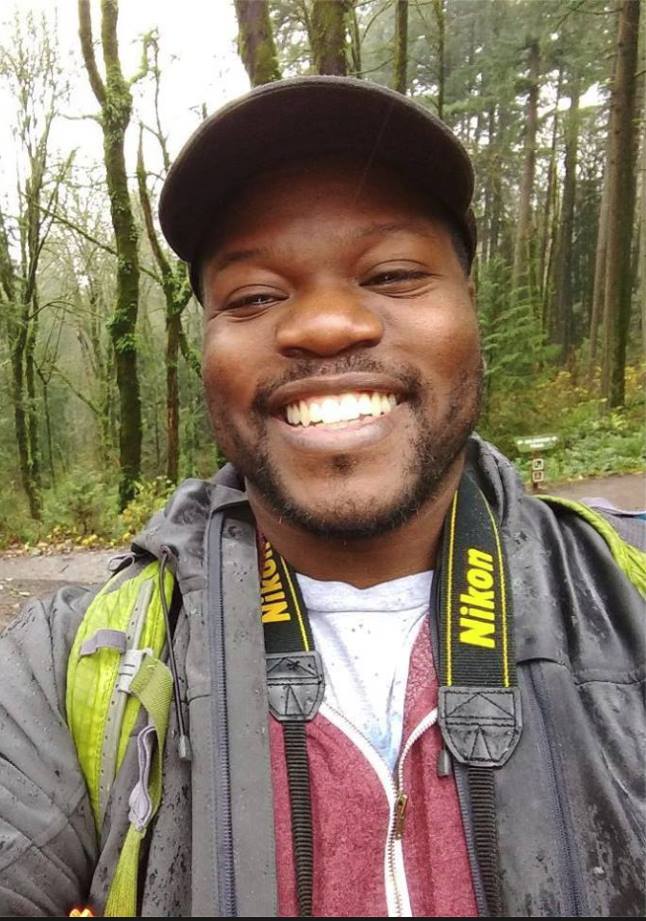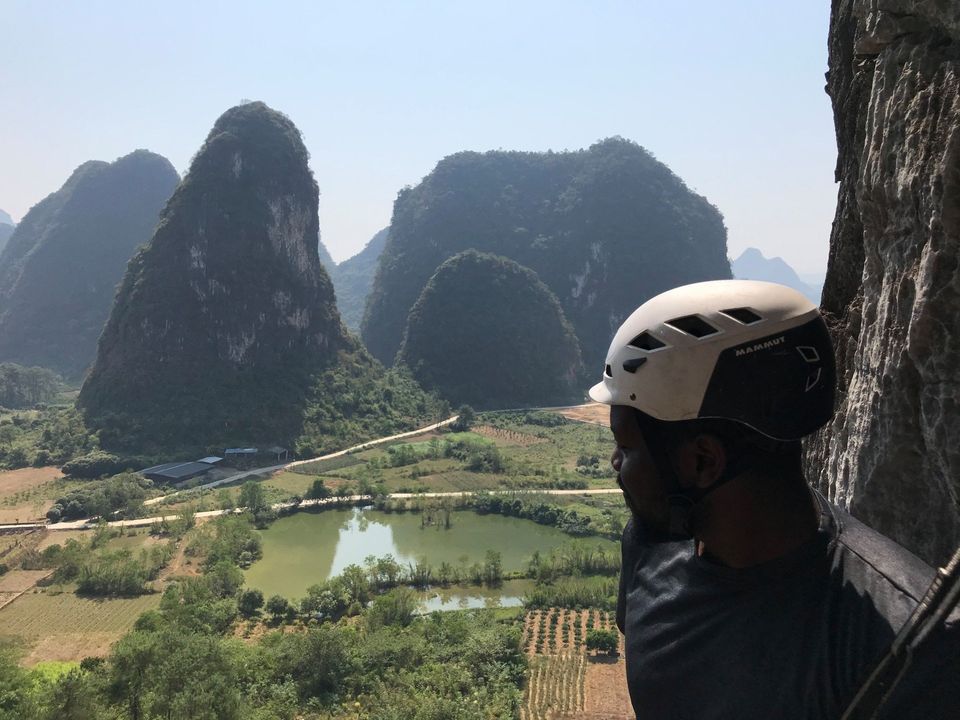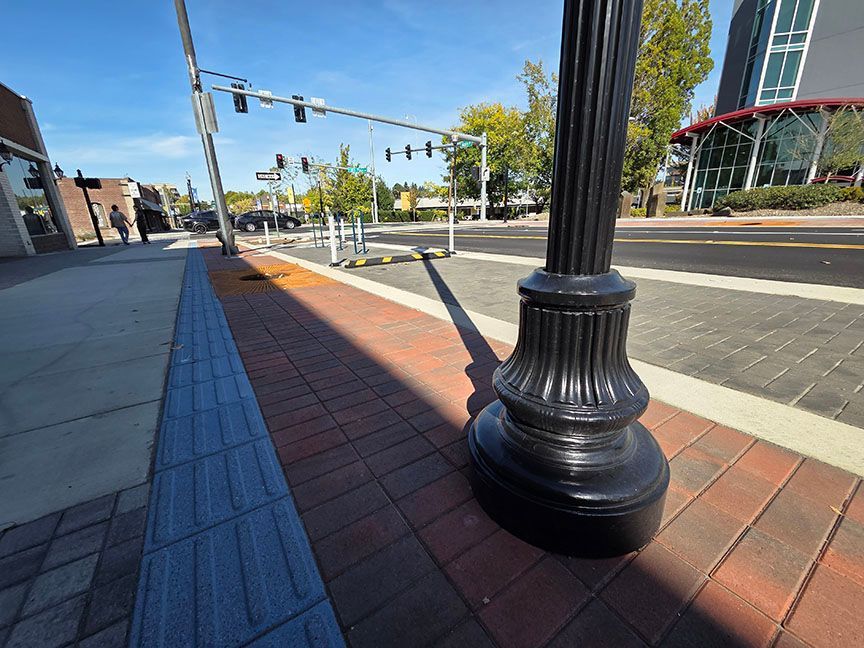Meghan Connolly • June 17, 2020
Member Highlight : Rikeem Sholes

“I’m a Biologist with US Fish and Wildlife. I work in an office that focuses on conservation of fish species in the Columbia river basin. I spend about half the year wading in streams and the other half coding and writing reports. When I’m not spying on fish I help to run PDX Climbers of Color and Portland POC Hikes. I’m also an admin for ClimbPDX and the local climbing gear Facebook group.”
-How did you get into climbing/how long have you been climbing?
“It had been something I’d wanted to try for years but I had never had a chance to try until I moved to Vancouver. My job had taken me to mostly rural places and I didn’t stay in one place long enough to meet people who were into the sport. I’ve been climbing for a little over 3 years now.”
-How did you find the Source?
“I literally just google searched “rock climbing gyms near me”. The next Saturday I was attending the intro rock climbing class there. It’s weird to think that the one decision to take that class has shaped so much of my life since then.”
- What’s your favorite crag, route or climbing memory?
Favorite local crag: “Bulo Point”
Favorite route: “Oh man I don’t usually remember route names unless I fall on them.”
Climbing memory: “Last fall we got to do some climbing in Yangshuo, China. Great group of friends, great weather, great rock, great food. I’d say a close second would be our El Potrero Chico trip the year before that for the same reasons.”
-What does climbing mean to you?
“For me climbing is a conduit to connect with my community. It’s a sport that inherently requires giving a lot of trust, sometimes to people that you’ve only just recently met. I have a theory that that trust makes for really solid friendships. It’s a fun way to get in shape that doesn’t necessarily always feel like exercise. “
-What piece of advice would you give to the newer climbers in our community?
“My biggest piece of advice is to not do too much. You’ll be working a lot of muscles that most people don’t use so even if you fall in love with the sport, take it easy to prevent injury. Also choose your first group of climbing partners wisely. Those are the people that will shape your habits. I’d recommend gravitating towards people who seem overly safe; the “anxious” people who triple check every knot are the ones who will save you from injury.”


